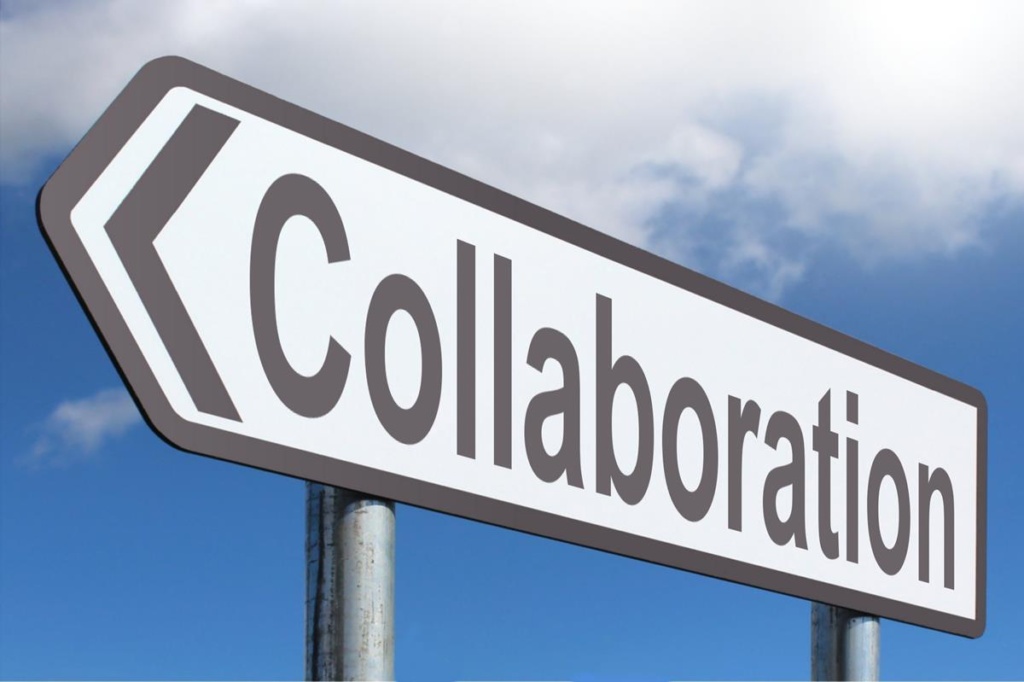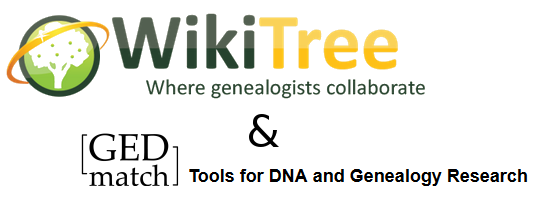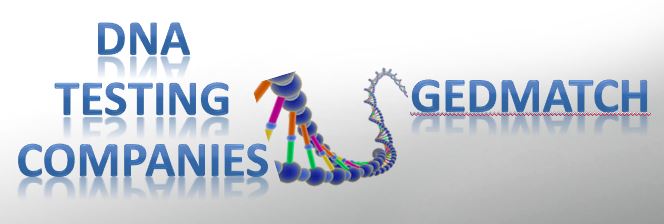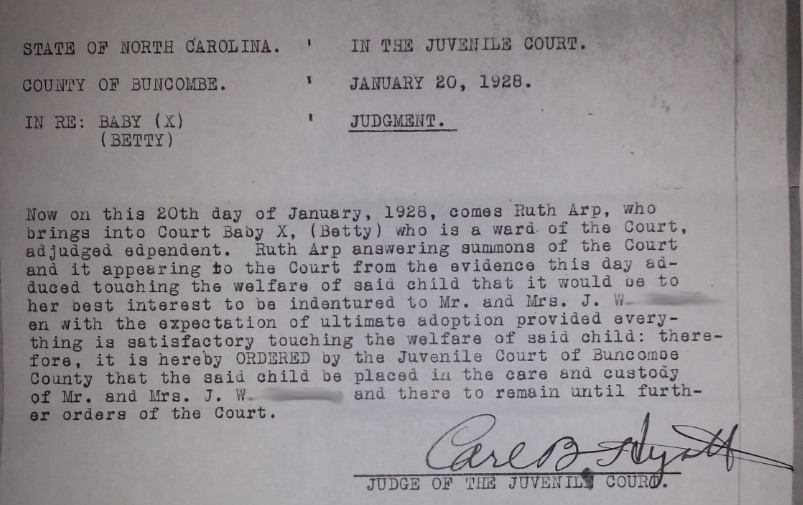GEDmatch
Distracted by DNA Painter
After working with DNA Painter and GEDmatch matches I discovered that 15% of my DNA matches are actively collaborating in genealogy.
New GEDmatch X-chromosome comparison links at WikiTree
From WikiTreer-in-Chief, Chris Whitten comes this great announcement about new GEDmatch X-chromosome comparison links at WikiTree. “Hi WikiTreers, We just took another small step forward in our collaboration with GEDmatch.com. As
DNA Raw Data to Gedmatch
I noticed a post today about auDNA Raw Data File upload to GEDMatch. The comment that struck me was the idea that people, in general, are nervous, overwhelmed, uncomfortable with
WikiTree LiveCast – WikiTree and third Party DNA Sites
On Saturday May 27th at 3:00PM EDT, please join me (Mags), WikiTree Leader Peter Roberts, DNA Project Coordinator Emma MacBeath, and Julie Ricketts for a live chat on “WikiTree and DNA – Third Party DNA Sites.
Betty Jean’s Adoption Search – DNA, Finding Patterns
Finding the patterns in genetic genealogy research is really a fundamental thing we do when looking for the clues to our roots. Even in traditional genealogy, looking at a pedigree





